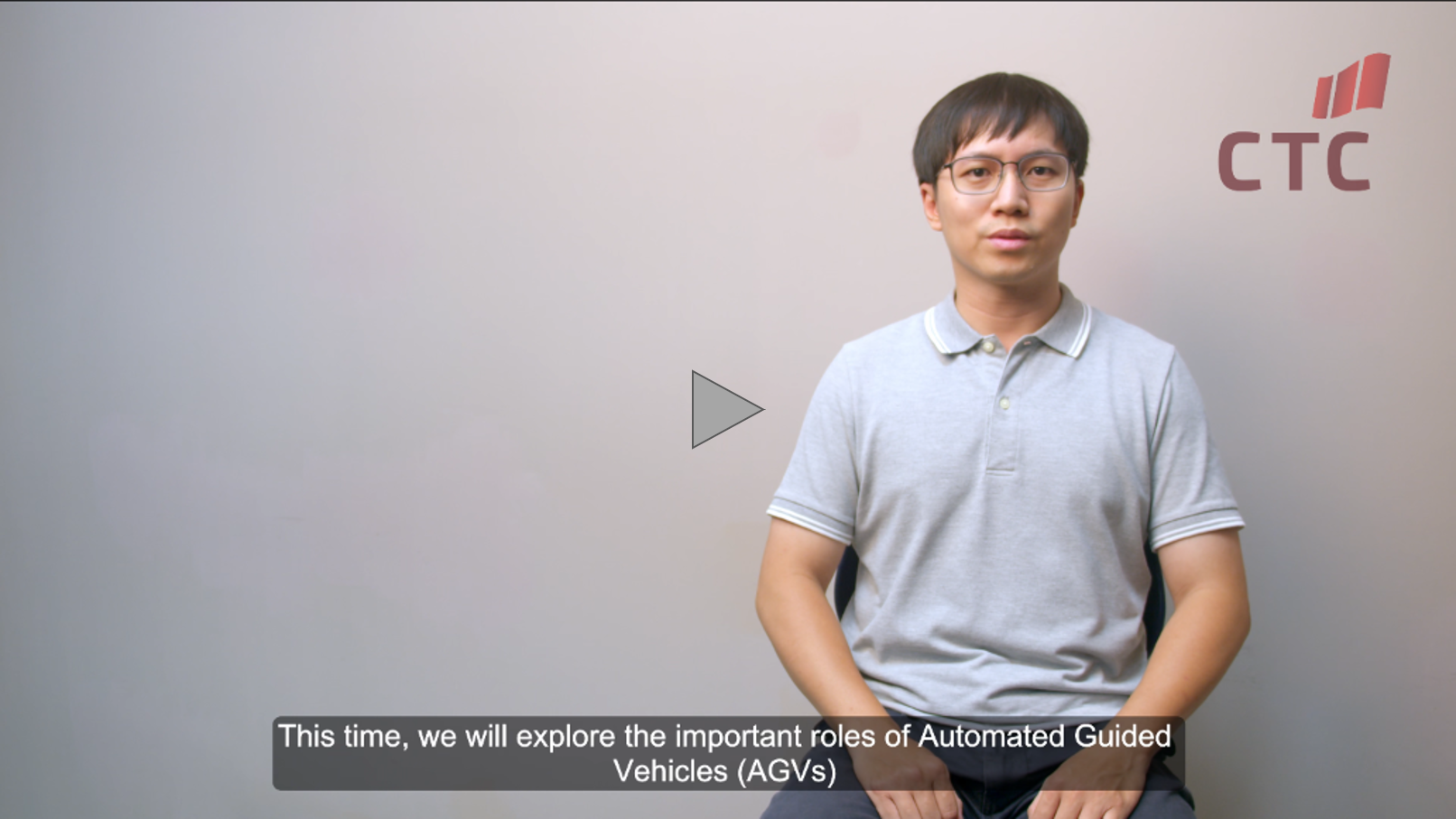You are here
Back to topUnveiling Mobile Robot Technology: The Key Role of Power Converters
This time, we will explore the important roles of Automated Guided Vehicles (AGVs) and Autonomous Mobile Robots (AMRs) in industrial automation. We will present the challenges met in real-world and discuss how advanced circuit design can help address these demands.
First, let’s understand AGVs and AMRs. An AGV, is a robot that moves along a predefined path, suitable for stable and repetitive tasks. An AMR, is more advanced—it perceives environment through sensors, dynamically plans routes, and even avoids roadblock. The key difference between the two lies in autonomy, which influences their applications.
Factory environments are more complex, and AGVs and AMRs must respond dynamically to unexpected situations, such as temporary path changes. Safety is critical, as robots often interact with humans so they must avoid risks effectively. In addition, digital control is essential—real-time monitoring and voltage regulation can be achieved with PMBus. All these needs point to the core: continuous technological breakthroughs.
This diagram shows a typical mobile robot system. Mobile robots require multiple power supplies because components such as CPUs, sensors, and motors all need different voltages. Some components consume high power, while others operate at intervals, so the battery-powered system must deliver power efficiently. Therefore, power management is a major challenge for robots, requiring efficient, low-loss power converters to extend battery life.
We recommend these circuit technologies! First, a dynamic response time under 150 µs and a load regulation below 0.3% support high-speed AI operations. Second, voltage accuracy of ±1% ensures sensor stability and reliability. Third, low standby power consumption directly extends the robot’s operating time. Lastly, safety features such as fault detection or remote control ensure the robot remains safe and reliable under all conditions. These will significantly enhance the robot’s competitive advantage.
The power converter features a soft start time of 1ms, excellent EMC noise immunity, an operating temperature range from -40°C to 85°C, and a wide input range of 9V to 75V. It enables precise sensing, high-speed perception, and real-time control. It also integrates multiple built-in safety features and complies with international standards, helping you build cutting-edge mobile robots and shorten design cycles. Thank you for your attention, and see you next time.
CTC is service provider for high-end power modules (DC to DC Converter and AC to DC Converter) for critical applications worldwide since 1987. We aim to be business generator and a virtual business unit. CTC is your own team with 35 years of experience for a strong business program from market research, product definition & development, supply chain management and total technical services.
CTC is the only corporation certificated with ISO-9001, IATF-16949, ISO22613(IRIS), and ESD/ANSI-2020. We can 100% ensure not only the product, but also our workflow and service to match quality management system for every high-end application from the very beginning. From design to manufacturing and technical support, every single detail is operated under highest standard.


